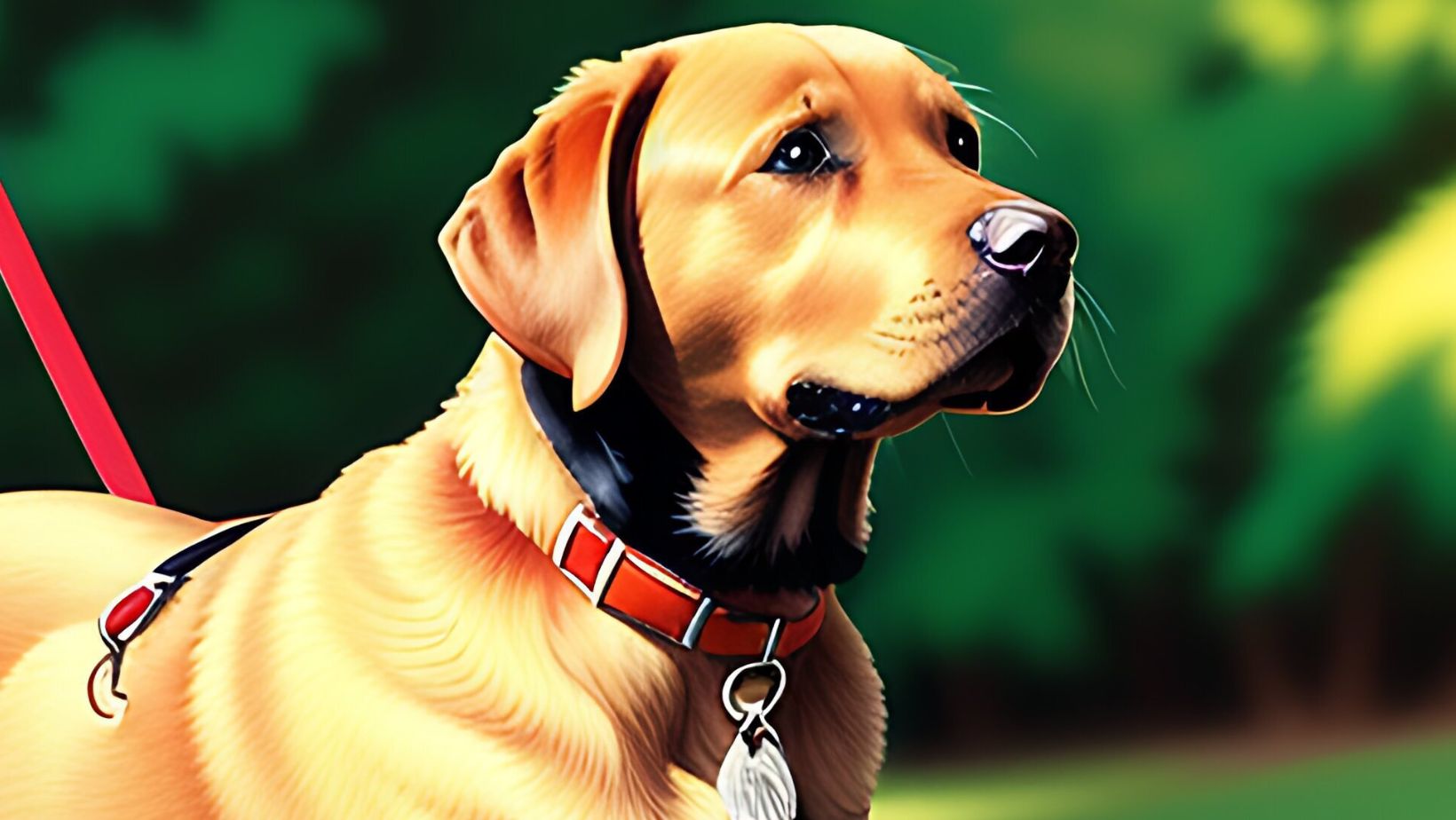How to Train a Dog Not to Chew
Training Labradors the right way is essential for a well-behaved and happy furry friend. One common issue that many Labrador owners face is their dogs’ tendency to chew on everything in sight. If you’re dealing with this troublesome behavior, don’t worry – I’m here to help you learn how to train your dog not to chew.
First and foremost, it’s important to understand why Labradors have such a strong chewing instinct. These intelligent and energetic dogs have powerful jaws, which they use for various purposes such as exploring the world around them, relieving boredom, teething, or seeking attention. To address this behavior effectively, we need to provide appropriate outlets for their chewing needs.
One effective strategy is redirection. Whenever you catch your Labrador chewing on something inappropriate like furniture or shoes, immediately redirect their attention to an acceptable chew toy or bone. This will teach them what they are allowed to chew on while simultaneously reinforcing positive behavior.
Remember, consistency is key when training Labradors not to chew. Be patient and persistent in redirecting their focus onto appropriate items. With time and proper training techniques, you’ll be able to curb this destructive habit and enjoy a well-behaved Labrador companion. So let’s get started on creating a harmonious environment for both you and your furry friend!
Choosing the Right Training Methods
When it comes to training Labradors, choosing the right methods is crucial for effective and positive results. In this section, I’ll discuss three popular training approaches: positive reinforcement training, clicker training method, and crate training for Labradors.
Positive Reinforcement Training
Positive reinforcement training is a highly recommended method for teaching Labradors good behavior and discouraging unwanted chewing habits. This approach focuses on rewarding desired actions rather than punishing undesirable behaviors. By using rewards such as treats, praise, and playtime, you can motivate your Labrador to repeat desirable actions like sitting or staying calm.
To implement positive reinforcement effectively:
- Use small but tasty treats that your Labrador loves as rewards.
- Offer immediate praise when your dog follows commands correctly.
- Be consistent in rewarding good behavior to reinforce the desired action.
- Avoid using physical punishment or scolding as they can lead to fear or aggression.
By consistently applying positive reinforcement techniques, you’ll create a strong bond with your Labrador while promoting obedience and minimizing destructive chewing.
Clicker Training Method
Clicker training is another popular technique that works well for Labradors. It involves using a handheld device that emits a distinct clicking sound to mark desired behavior instantly. The click becomes a signal that tells your dog they have done something right and will be rewarded.
Here’s how you can use clicker training effectively:
- Start by associating the click sound with rewards: Click the device immediately followed by offering a treat each time your Labrador performs a desired action.
- Gradually introduce verbal commands along with clicks to associate them with specific behaviors.
- Practice consistency and precision in timing the clicks to provide clear communication to your dog.
The clicker training method allows for precise marking of correct behaviors during obedience exercises and helps shape desirable habits in Labradors without relying solely on treats over time.
Crate Training for Labradors
Crate training can be a valuable tool for teaching Labradors not to chew on inappropriate objects when you’re unable to supervise them. It involves using a crate or kennel as a safe and comfortable space where your dog can relax and sleep.
To successfully utilize crate training:
- Introduce the crate gradually, allowing your Labrador to explore it at their own pace.
- Make the crate inviting with cozy bedding and toys.
- Use positive reinforcement by rewarding your dog with treats and praise for entering and staying in the crate willingly.
- Avoid using the crate as punishment or leaving your dog confined for extended periods.
With consistent use, a properly sized crate becomes a den-like environment that helps prevent destructive chewing while providing security for your Labrador.
Remember, each training method has its own strengths, so feel free to combine techniques based on what works best for you and your Labrador. By choosing the right methods tailored to your dog’s personality and needs, you’ll lay a solid foundation for successful training sessions and help them overcome their chewing habits.

Understanding Why Labradors Chew
Labradors are known for their friendly and affectionate nature, but they can also be notorious chewers. If you’re a labrador owner who has come home to find your favorite shoes in tatters or your furniture gnawed upon, you might be wondering why labradors have such a strong urge to chew. In this section, we’ll delve into the root causes of chewing behavior in labradors and explore common triggers that lead them to indulge in this destructive habit. We’ll also discuss how creating a safe and stimulating environment can help curb their chewing tendencies.